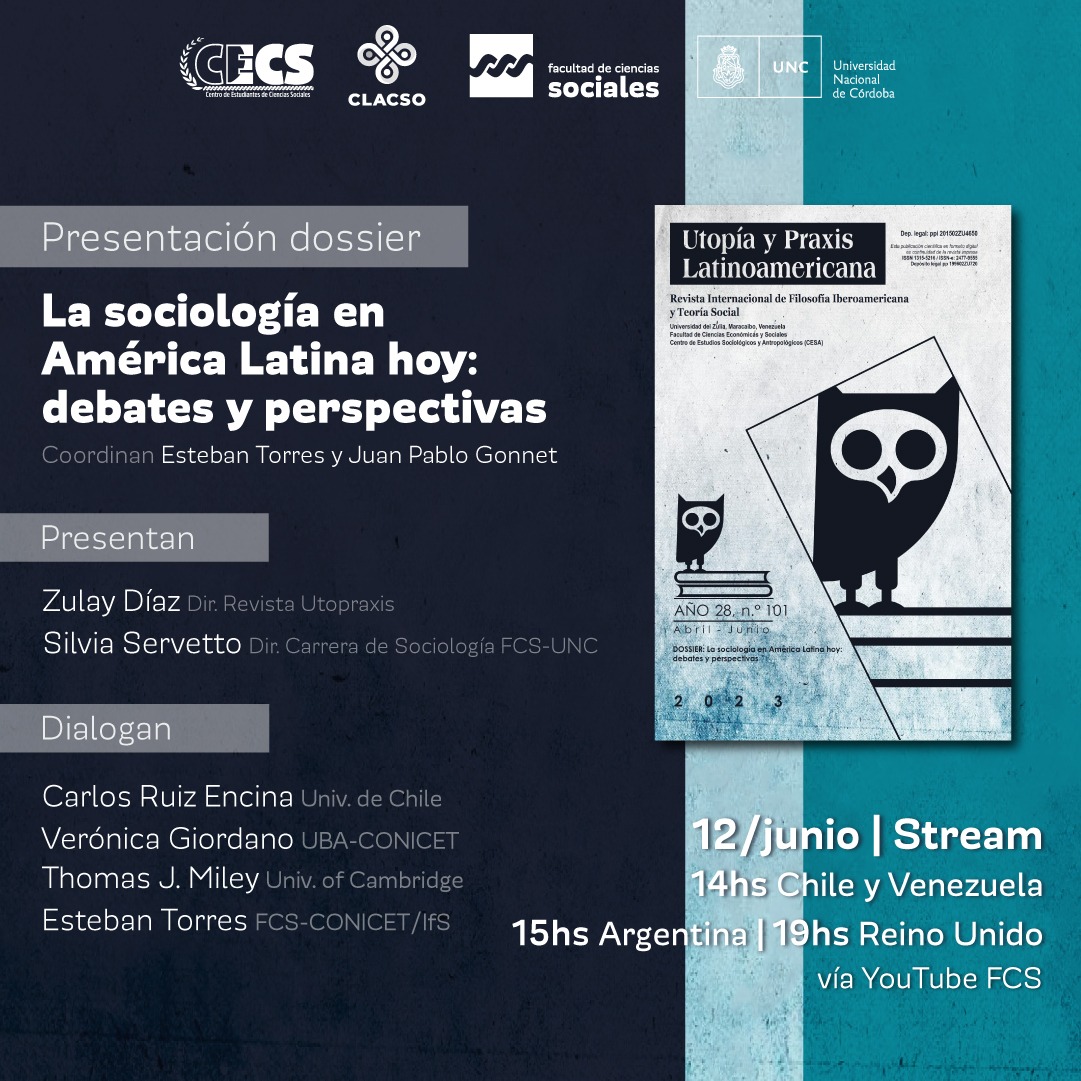Semiotics in the age of disruptive innovations
Resumen
ABSTRACT
The state of signs and language is unstable. As it is fluid, it must present itself freely without intermittent barriers. The change in disruptive innovation is a key factor in making sign language / fluent language no longer static or frozen, so that we cannot separate truth from falsehood, real things from illusions, and freedom from confusion. Disruptive innovation makes digital concepts replace analog ones, making possible the dualistic approach of signs in the development of software processing.
RESUMEN
El estado de los signos y el lenguaje es inestable. Al ser fluido debe presentarse libremente sin barreras intermitentes. El cambio en la innovación disruptiva es un factor clave para que el lenguaje de señas / lenguaje fluido, ya no sea estático o congelado, de modo que no podamos separar la verdad de la falsedad, las cosas reales de las ilusiones y la libertad de la confusión. La innovación disruptiva hace que los conceptos digitales reemplacen a los analógicos, lo que hace posible el enfoque dualista de los signos en el desarrollo del procesamiento del software.
Citas
BAILEY, D (2014). "Resistance is futile? The impact of disruptive protest in the 'silver age of permanent austerity'". Socio-Economic Review. 13(1).
BARBIERI, M (2019). “Code Biology, Peircean Biosemiotics, and Rosen’s Relational Biology”. Biological Theory, 14(1), pp. 21-29.
BICKERTON, D (2016). “Roots of Language”. Berlin: Language Science Press. p. 49.
BRIDLE, J (2008). “Rise of the machines has: technology evolved beyond our control? ”. Washington: The National Academies Press.
BURKEMAN, O (2015). “Why can't the world’s greatest minds solve the mystery of consciousness?” Guardian.
DANESI, M (2019). “Emojis: Langue or Parole”. Chinese Semiotic Studies, 15(2), pp. 243-258.
HARPER, R (2016). “Practical foundations for programming languages”. Cambridge University Press.
JOHANNESSEN, M, LEEUWEN, T (2017). “The Materiality of Writing: A Trace Making Perspective”. Routledge.
LEWIS, P (1982). "The Post-Structuralist Condition". Diacritics. 12(1). pp. 2-24.
MORO, L, MORTIMER, E, TIBERGHIEN, A (2019). “The use of social semiotics multimodality and joint action theory to describe teaching practices: two case studies with experienced teachers”. Classroom Discourse, pp. 1-23.
PENNYCOOK, G, EPSTEIN, Z, MOSLEH, M, ARECHAR, A, ECKLES, D, RAND, D (2019). “Understanding and reducing the spread of misinformation online”.
RAMÍREZ MOLINA, R & HUGUETH, A (2017). “Modelo de comunicación productiva para las organizaciones de salud pública en Venezuela”. Opción. Revista de Ciencias Humanas y Sociales, 33(83), pp. 305-335.
SINHA, C (2018). “Praxis, symbol and language: developmental, ecological and linguistic issues”. Interaction Studies, 19(1-2), pp. 239-255.
SOWA, J (2014). "Regarding: It's misleading to say, without suitable qualifiers". Everything is a sign of ResearchGate.
TIMOFEEV, I (2019). “The World Order: New Parameters". A New Anarchy? Scenarios for World Order Dynamics.
VILLALOBOS ANTÚNEZ, J; GUTIÉRREZ, J; RAMÍREZ MOLINA, R; DÍAZ CID, L; RAMOS MÁRQUEZ, Y; ENAMORADO-ESTRADA, J & RUIZ-GÓMEZ, G (2020). “Karl Popper y Heráclito: Antecedentes y problemas actuales de la Filosofía de la Ciencia”. Opción. Revista de Ciencias Humanas y Sociales, 36(92), pp. 984-1018.












